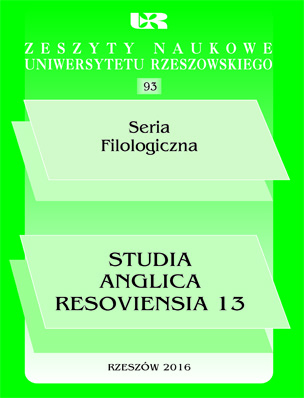Leisure as an instrument of integrating diasporas in Victorian Manchester
DOI:
https://doi.org/10.15584/sar.2016.13.14Keywords:
integration, cohesion, diversified community, ethnic groups, recreation, leisure, public libraries, parks, musicAbstract
The paper aims to discuss some aspects of the recreational policy of Manchester authorities in the Victorian period as an integrating instrument for the city’s diasporas. Throughout the period, industrialisation and urban growth continued to attract to the city migrants from different parts of the United Kingdom as well as overseas. In the first half of the nineteenth century, the Irish, Germans, Armenians, Italians, Polish, Russian and German Jews settled in different parts of Manchester, often forming isolated communities. This uprooted, ethnically, religiously, politically and socially diversified population lacked cohesion and a sense of community which contributed to the city’s mounting social problems. Therefore, the municipal authorities and enlightened members of the city bourgeoisie sought ways to integrate this diversified populace by instilling in them a sense of community. They envisaged leisure and recreation as a sphere in which the English middle-class cultural model based on certain moral and social principles could be extended to the lower social classes and minority groups. In order to achieve this aim different kinds of leisure activities were actively promoted and cultural and recreational facilities were established. Particularly important among those were free public amenities, such as public libraries and parks where different social and ethnic groups could come in contact. Thus in Victorian Manchester leisure and recreation apart from having entertaining and recuperative powers also played an important role in building a sense of belonging to the place and cohesive hierarchical community.Downloads
Download data is not yet available.
Downloads
Published
2016-12-15
How to Cite
Kiersnowska, B. (2016). Leisure as an instrument of integrating diasporas in Victorian Manchester. Studia Anglica Resoviensia, 13, 141–153. https://doi.org/10.15584/sar.2016.13.14
Issue
Section
Articles
License
Copyright (c) 2016 Studia Anglica Resoviensia

This work is licensed under a Creative Commons Attribution-NonCommercial 4.0 International License.

